Across Canada, some small cities deliver the cultural energy, innovation, natural beauty, and economic momentum of places twice or three times their size. These aren’t towns quietly humming in the background — they’re vibrant hubs redefining what “small city living” can look like. Here are 18 Canadian small cities punching way above their weight.
Kelowna, British Columbia
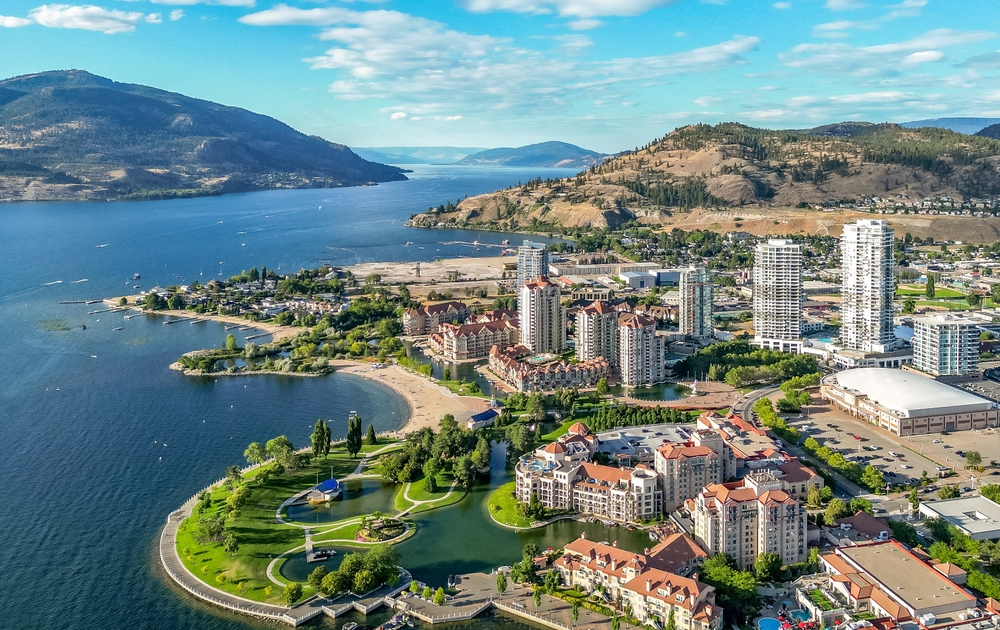
Kelowna may sit comfortably under the population threshold of major cities, but its influence stretches far beyond the Okanagan Valley. The city has quietly built one of Canada’s fastest-growing tech sectors, with dozens of startups, innovation hubs, and remote-work-friendly spaces drawing young talent west. Add in wineries that rival international labels, a booming film-production footprint, and some of the country’s most sought-after waterfront neighbourhoods, and Kelowna suddenly feels like a lifestyle capital rather than a mid-sized city. Tourism anchors the region, but it’s the growing creative class that’s elevating its profile.
Sherbrooke, Québec
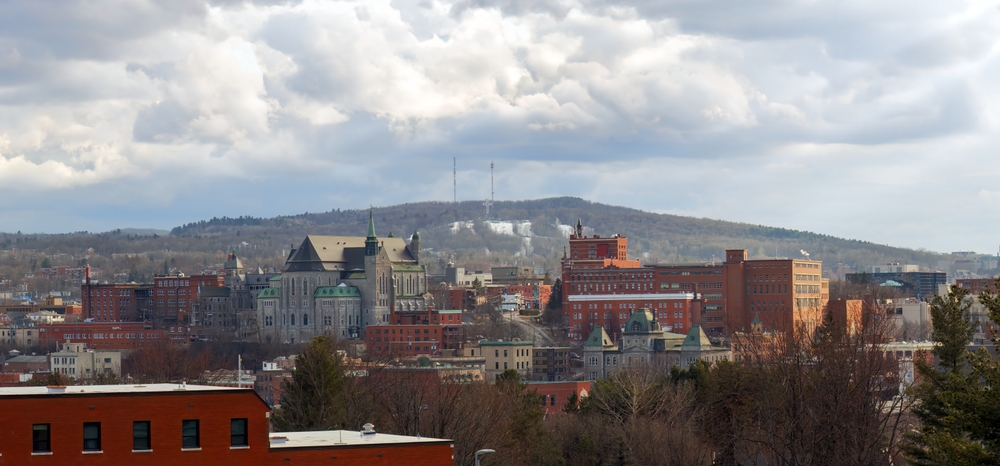
Sherbrooke blends university brainpower with Eastern Townships charm, creating a small city that behaves like a regional powerhouse. Its student population fuels cafés, labs, and cultural venues far bigger than its census would suggest. With two major universities, a thriving research ecosystem, and strong ties to health-tech and environmental innovation, Sherbrooke generates ideas at a national level. Yet the city still offers the intimacy and walkability of a mid-sized community. Add in its bilingual identity, abundant nature, and surprisingly ambitious arts scene, and Sherbrooke becomes a model for how intellect, culture, and liveability can collide in a compact footprint.
St. John’s, Newfoundland & Labrador

St. John’s may seem remote, but it delivers more character, economic muscle, and creative output than many larger cities. It’s downtown pulses with live music, independent restaurants, and colourful row houses that feel globally iconic. Meanwhile, the offshore energy sector, ocean sciences research, and marine innovation labs anchor the city’s economic strength. The cultural identity — witty, resilient, and distinctly Newfoundland — attracts filmmakers, artists, and travellers looking for something authentic and unpolished.
Guelph, Ontario

Guelph is one of those small Canadian cities that doesn’t make noise about its success — it simply performs at a level that surprises anyone paying attention. Anchored by the University of Guelph, the city has become a national leader in agricultural innovation, environmental science, and food-security research. Startups focused on clean tech, sustainable packaging, and bioengineering have taken root here, drawn by a mix of academic brainpower and community support. Yet Guelph’s strength isn’t only intellectual. Its arts scene, from indie music venues to the Hillside Festival, carries a creative energy that rivals mid-sized cultural centres. The food landscape leans deeply into ethical sourcing, farm-to-table initiatives, and craft-brewing culture, giving the city surprising culinary depth for its size.
Lethbridge, Alberta

Lethbridge doesn’t get national attention often, but the city is quietly shaping southern Alberta’s economic and educational landscape. Home to a major university and multiple research institutes, it has become a centre for agricultural science, renewable energy experimentation, and food innovation. Its arts scene — theatres, public installations, and galleries — thrives beyond what its population numbers would suggest. Add dramatic coulees, prairie skies, and architecture that reflects both history and modernity, and Lethbridge reveals itself as a small city operating at a much higher tier.
Moncton, New Brunswick
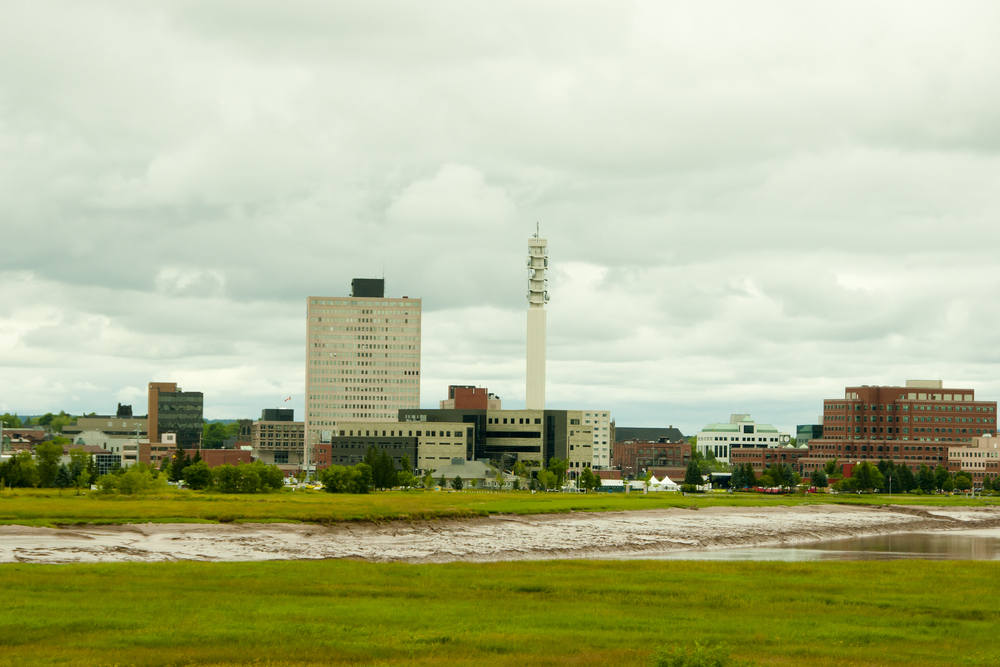
Moncton is one of Atlantic Canada’s biggest comeback stories. Once seen primarily as a service hub, it has reinvented itself as a trilingual business centre, transportation nexus, and growing tech zone. Its workforce is young, diverse, and increasingly international. The city’s concert venues and sports events attract crowds from across the Maritimes, while its bilingual identity allows it to bridge cultural spheres with ease. Moncton adapts quickly, builds strategically, and pushes well beyond what outsiders expect from a small city in Atlantic Canada.
Prince George, British Columbia

Prince George is often framed purely through its industrial legacy, but that view misses the scale and diversity of influence this northern city actually holds. Yes, it remains a powerhouse for forestry, mining, logistics, and transportation, serving as a major link between the Lower Mainland, northern B.C., and the Prairies. But PG has evolved into a multifaceted regional capital. The University of Northern British Columbia drives research in climate science, rural health, Indigenous governance, and environmental sustainability, giving the city academic weight well beyond its size. Indigenous entrepreneurship and partnerships are reshaping sectors from resource management to tourism, while a growing hospitality scene — craft breweries, new restaurants, community festivals — is redefining the social texture of the city. Then there’s the outdoor lifestyle: world-class mountain biking, river paddling, winter sports, and an abundance of nature that shapes daily life.
Kingston, Ontario

Kingston sits in that sweet spot where history, academia, waterfront beauty, and cultural ambition collide. Home to Queen’s University, the Royal Military College, and a growing roster of medical research centres, the city produces talent and innovation at a national level. Its downtown is unusually vibrant for a small city, filled with independent shops, limestone architecture, and a food scene far richer than expected. With festivals, music venues, breweries, and a deep historical identity, Kingston regularly feels like a condensed cultural capital rather than a small Ontario city.
Red Deer, Alberta
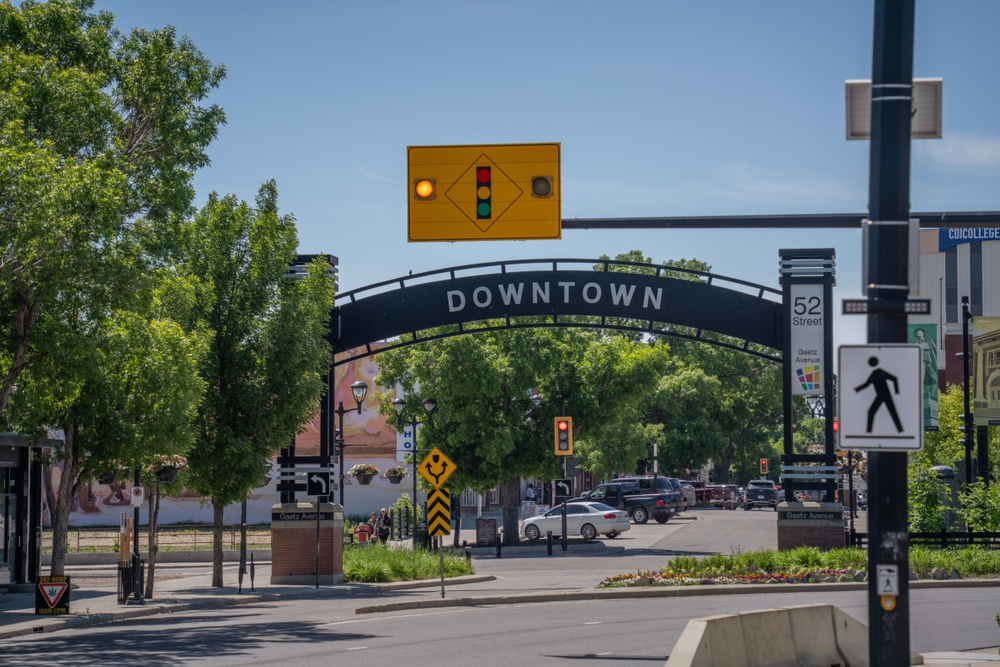
Red Deer is often overshadowed by Calgary and Edmonton, but its regional impact is undeniable. It’s a major manufacturing and distribution hub, a centre for agricultural business, and a training ground for trades that power Alberta’s economy. Its sports facilities, event centres, and community programs rival those of much larger cities. Meanwhile, Red Deer’s food scene, brewery growth, and park system offer an unexpectedly high standard of living. It’s a city that works hard, adapts fast, and consistently exceeds the expectations placed on its size.
Charlottetown, Prince Edward Island

Charlottetown may be small in population, but it carries outsized cultural and political influence as the birthplace of Confederation. The city blends historic charm with a fast-growing food scene anchored by local seafood, farm-driven restaurants, and creative small businesses. Tourism pours in from across Canada and abroad, giving Charlottetown an international profile that cities twice its size rarely achieve. With its university presence, expanding arts festivals, and booming hospitality sector, the city functions as both PEI’s beating heart and a regional cultural hub for Atlantic Canada. Its impact far exceeds its footprint.
Thunder Bay, Ontario
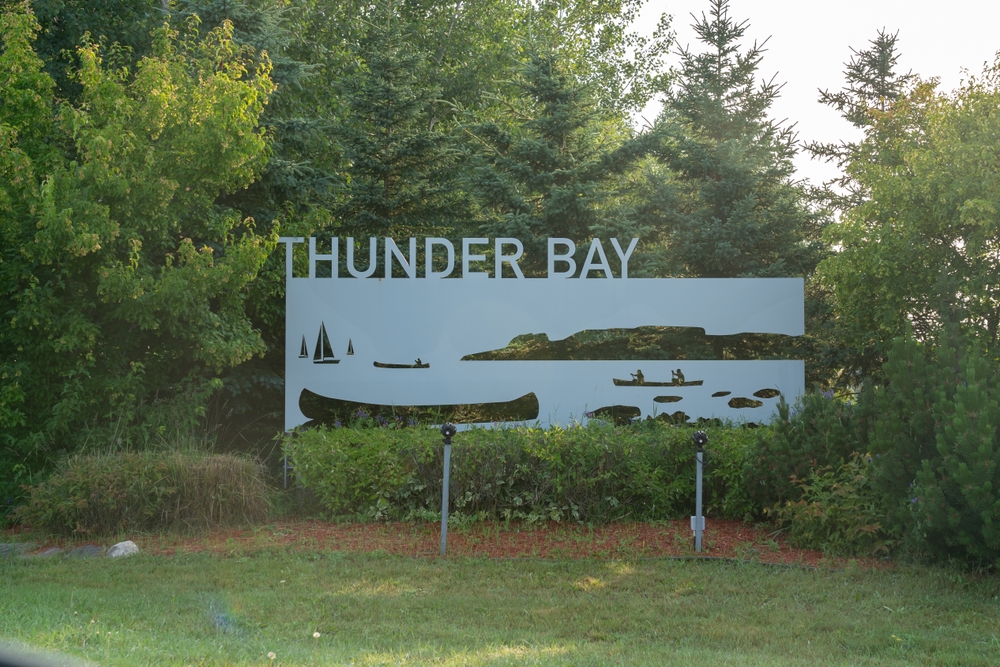
Thunder Bay has redefined itself from an industrial port to a dynamic northern city with surprising cultural and economic weight. Its health sciences centre, Indigenous entrepreneurship networks, and vibrant outdoor lifestyle draw both talent and investment. The city has a growing food scene, innovative craft breweries, and a strong arts community supported by galleries and grassroots festivals. As a gateway to Lake Superior and countless natural wonders, Thunder Bay attracts adventure travellers and researchers alike. Its influence stretches across northwestern Ontario, proving that remote doesn’t mean small.
Kamloops, British Columbia
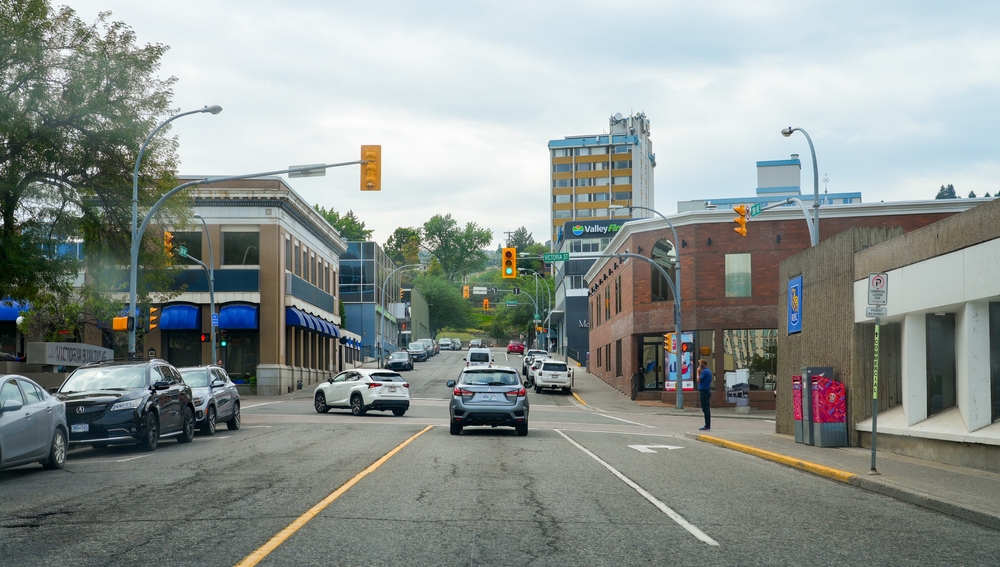
Kamloops has become one of B.C.’s most versatile small cities, balancing recreation, education, and economic development with ease. The city is surrounded by mountains, lakes, and desert-like landscapes, making it a four-season destination for hiking, biking, skiing, and tournaments that draw thousands. Thompson Rivers University injects fresh ideas, research, and energy into the local economy, while the city’s wine and craft beer scene continues to evolve. Kamloops is large enough to support major events but small enough to feel grounded — a combination that pushes it into a higher league than its population suggests.
Trois-Rivières, Québec
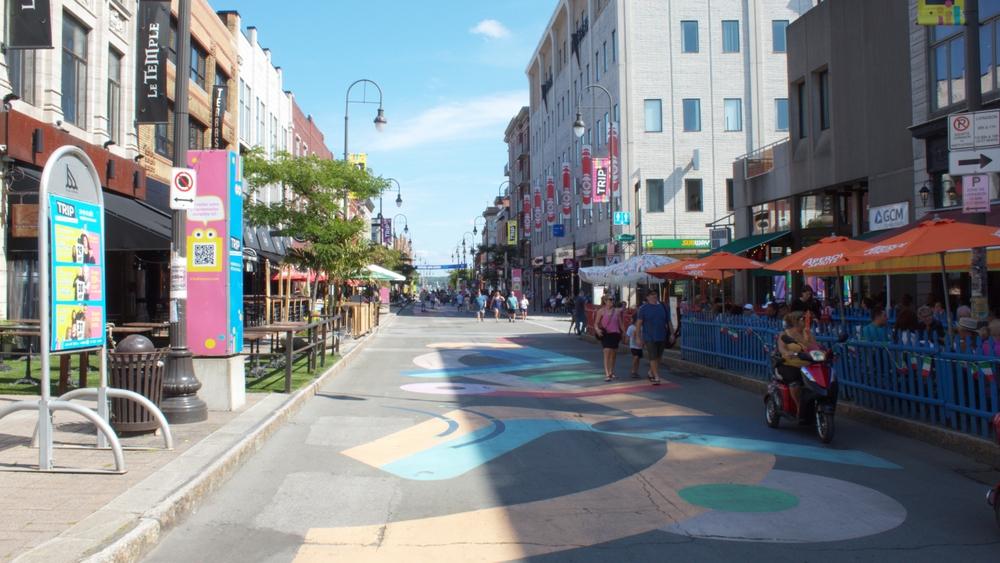
Trois-Rivières is a cultural powerhouse on the St. Lawrence, thriving on a blend of history, arts, and French-Canadian identity. Its performing-arts scene rivals cities far larger, driven by festivals, galleries, theatres, and a strong creative community. The city also has an expanding university presence, a competitive sports culture, and a rejuvenated waterfront that draws both locals and visitors. Manufacturing and energy research add economic depth, making Trois-Rivières far more than a picturesque stop between Montréal and Québec City. It’s a small city operating with major cultural gravity.
Fredericton, New Brunswick
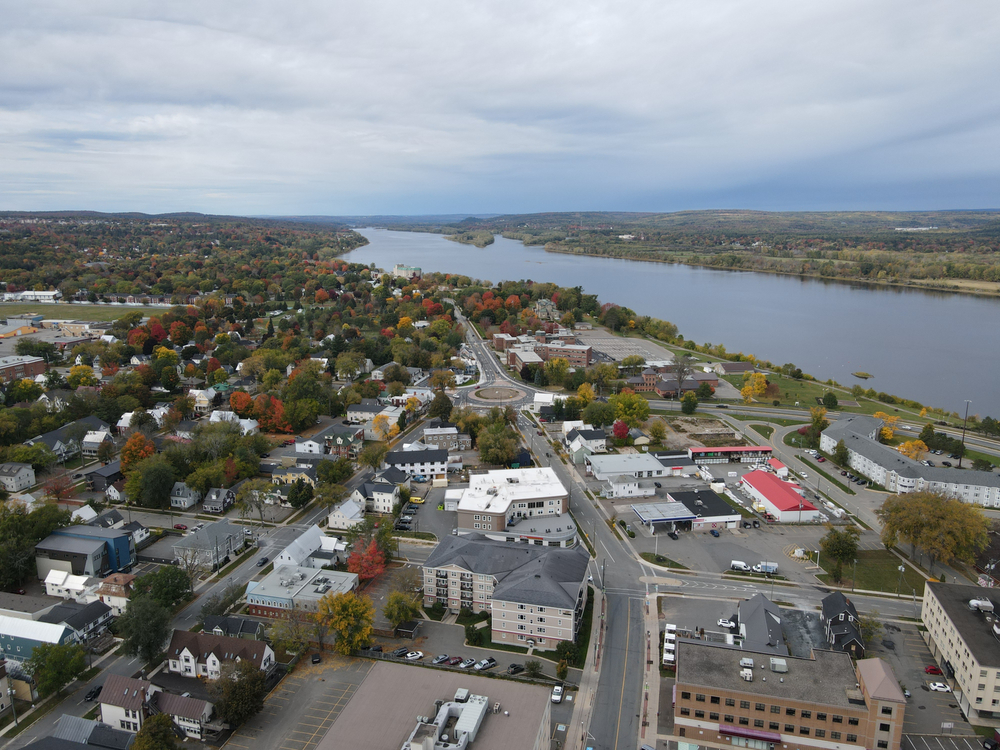
Fredericton is quietly one of Canada’s most important innovation centres. With a huge concentration of cybersecurity firms, research labs, and tech startups, the city’s economic influence extends across the country. The University of New Brunswick fuels entrepreneurship, while the city’s riverfront, galleries, craft breweries, and music festivals create an unexpectedly rich cultural life. Fredericton feels intellectual, artistic, and ambitious all at once — a combination that makes it feel like a much larger city wearing a smaller frame.
Sault Ste. Marie, Ontario

The Soo is a rugged, industrious small city that punches above its weight through transportation, energy research, and northern innovation. Its strategic location between Lake Superior and the U.S. border gives it economic leverage, while Algoma University and Sault College feed talent into local industries. The city’s revitalized waterfront, strong hockey culture, and expanding arts scene add texture beyond its industrial roots. Outdoor access — from canyon hikes to lakefront adventures — brings tourism and lifestyle appeal. The Soo consistently exceeds expectations set by its modest population.
Medicine Hat, Alberta
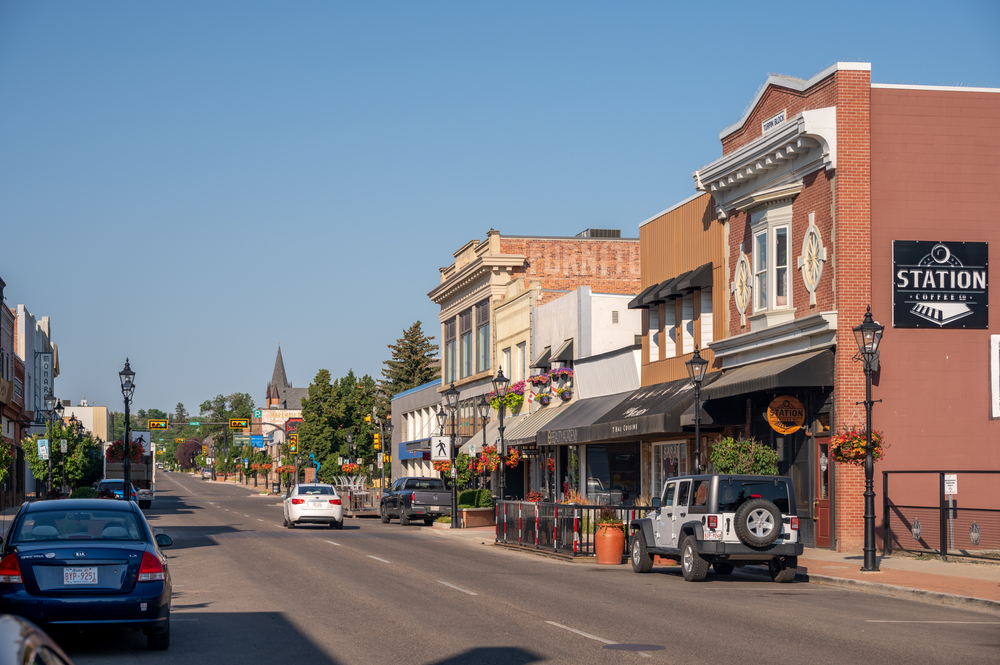
Medicine Hat combines affordability, sunshine, and a thriving creative scene with surprising economic depth. Long known for natural gas, the city has diversified into renewable energy, small manufacturing, and cultural programming that punches far above small-city norms. Galleries, cafés, and restored historic buildings give it personality, while the badlands surroundings create a distinct visual identity. Medicine Hat has become a magnet for young families and remote workers who want city-like amenities without city-like stress. It’s a small city with an expanding reach.
Whitehorse, Yukon
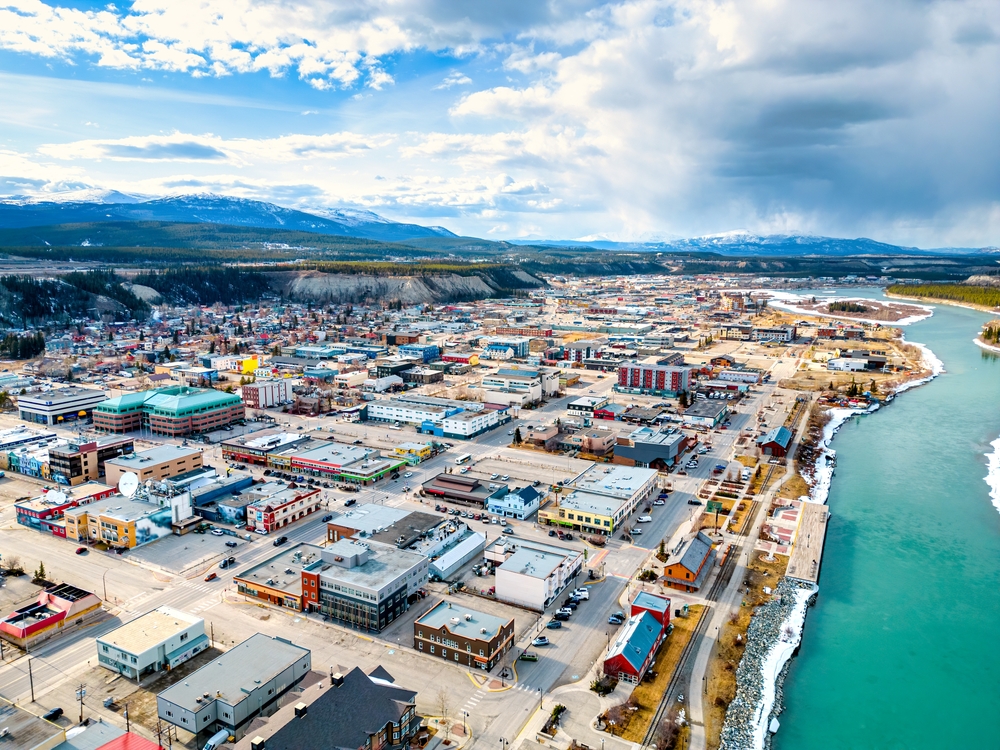
Whitehorse proves that geography doesn’t limit influence. As the territorial capital, it has a vibrant arts scene, strong Indigenous cultural leadership, and an adventurous spirit woven into daily life. Tourism, environmental research, and northern innovation fuel its economy. Whitehorse’s food scene, surprisingly lively nightlife, and tight-knit creative community give it big-city energy wrapped in northern charm. It’s a hub for explorers, scientists, and entrepreneurs — truly punching beyond its size from the edge of the Arctic.
Brandon, Manitoba
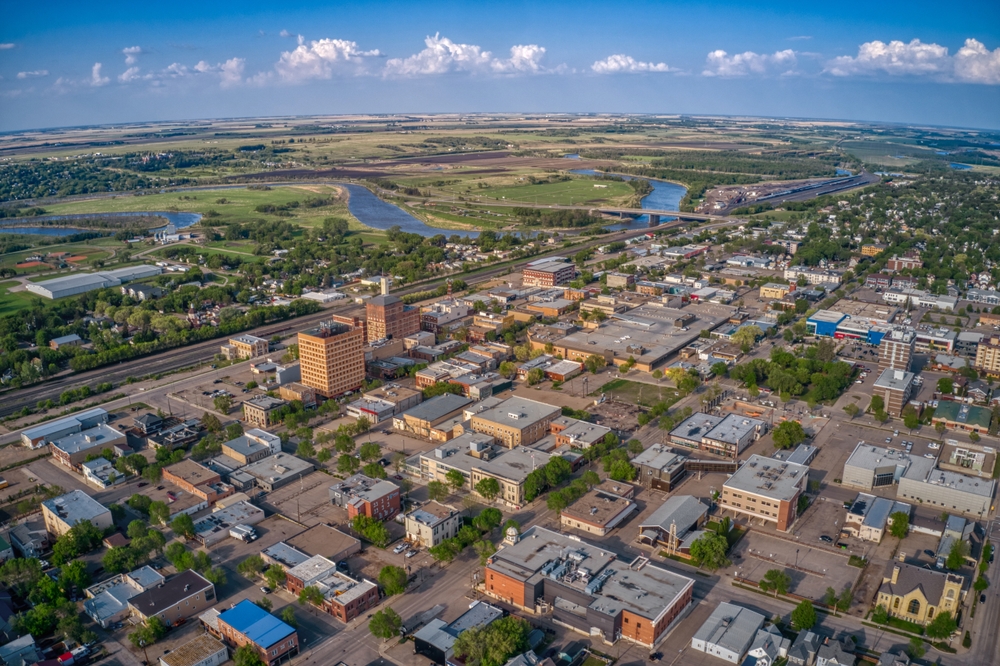
Brandon is Manitoba’s agricultural, educational, and cultural anchor outside Winnipeg. Its university presence, strong farming economy, and strategic central location make it a key player in Prairie development. The city’s fairs, festivals, minor-league sports, and music gatherings bring regional crowds, while its affordability attracts new families and entrepreneurs. Brandon’s growth is steady, its influence widespread, and its identity proudly Prairie — a quiet powerhouse that consistently outperforms expectations.
21 Products Canadians Should Stockpile Before Tariffs Hit

If trade tensions escalate between Canada and the U.S., everyday essentials can suddenly disappear or skyrocket in price. Products like pantry basics and tech must-haves that depend on are deeply tied to cross-border supply chains and are likely to face various kinds of disruptions
21 Products Canadians Should Stockpile Before Tariffs Hit
